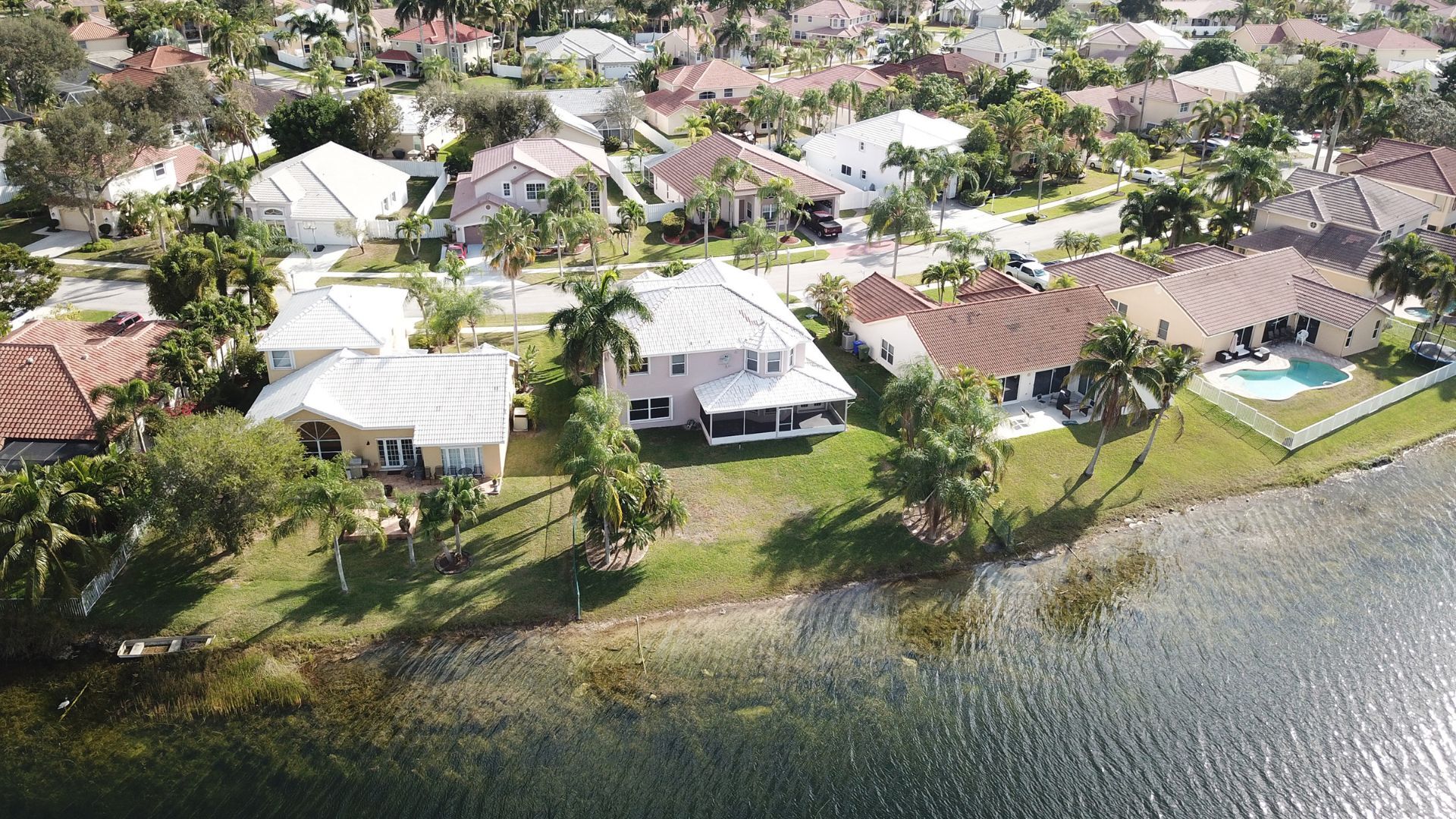Experts share tips for beginning to age in place
As those in or near retirement continue to proclaim a preference for aging in place, there may be challenges for people who aren’t sure about how or when they should get started on making plans. A series of home healthcare, renovation and senior care experts offer tips on ways to begin in a column published by U.S. News & World Report.
For reverse mortgage clients looking to use their loan proceeds to fund the goal of aging in place, home renovations and other preparations may be requested from the reverse mortgage loan officer due to the high-touch nature of reverse mortgage origination. LOs often occupy a place of trust among their borrower clients.
For facilitating the goal of aging in place, planning ahead is key. One expert explained that it should start as soon as possible.
“Making small changes now can help you avoid scrambling to make big changes later on when you have limited capacity,” according to James Bowdler, a home healthcare professional.
Connecting with a specialized geriatric care manager can also allow a fuller assessment of potential hazards for aging in place that can be rectified with a retrofit or renovation of some kind, added Texas-based senior care expert Stacey Eisenberg to the outlet.
What was normal for a home with children or younger adults could prove to be hazards in later life, particularly as greater mobility challenges come from more advanced age. Widening doorways, removing clutter (including rugs, which could cause tripping) and improving the lighting in a home can be difference-makers according to architect Diana Melichar.
“Seniors typically have less mobility and physical agility, and their senses can be diminished,” she said in the column.
Another potential hazard is the presence of stairs, particularly if a main bedroom or other living space is located on a second floor, she added.
“Adding a primary bedroom suite to the first floor of your home is ideal,” she said. “If that’s not possible, then adding a chairlift or elevator is a second choice.”
Other elements that could aid the goal of aging in place include replacing door knobs with lever handles, which are easier to operate for people who have or may develop arthritis. Bathrooms are a common target for renovations since it can be easy to slip and injure yourself if you have limited mobility; nonstick mats and additional rails and handles can help mitigate some of this risk.
Smart home technology is also an increasingly common tool for outfitting a home for aging in place. In addition to digital assistants and speakers that are voice-operated, motion sensors that can automatically activate lights and internet-enabled appliances that can allow a user to monitor activation states can assist aging-in-place goals, certain experts say.
Have A Question?
Use the form below and we will give your our expert answers!
Reverse Mortgage Ask A Question
Start Your Loan
with DDA todayYour local Mortgage Broker
Mortgage Broker Largo See our Reviews
Looking for more details? Listen to our extended podcast!
Check out our other helpful videos to learn more about credit and residential mortgages.





